How to Brush Your Teeth Properly
June 6th, 2013
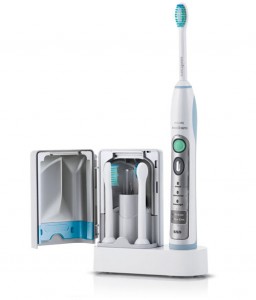 It may seem elementary to you, but believe it or not, many people still don't brush their teeth correctly. Either they don't do it for long enough time, concentrate on the wrong areas, brush too hard, or just completely misuse the toothbrush. For our Water Tower Dental Care patients, and anyone else that has discovered our blog, we would like to provide you with the steps to properly brushing your teeth.
It may seem elementary to you, but believe it or not, many people still don't brush their teeth correctly. Either they don't do it for long enough time, concentrate on the wrong areas, brush too hard, or just completely misuse the toothbrush. For our Water Tower Dental Care patients, and anyone else that has discovered our blog, we would like to provide you with the steps to properly brushing your teeth.
Common Brushing Mistakes
Timing
First, one of the most common mistakes made when brushing is not taking the amount of time needed to properly clean. To effectively brush your teeth, you should spend at least two minutes. If you need a good measure of time, sing the Beatles 'All My Loving,' or hum the Happy Birthday song eight times in a row. Seems like a long time, but in reality, you need to give your teeth this much focus every time you brush.
Frequency & Strength
Another common mistake is people often brush too many times and too hard. Rather than brushing five times a day, really quickly, with extreme force, take the two minutes to effectively brush your teeth two to three times a day with a soft yet efficient hand. Brushing too often and too hard can expose the root of the tooth and cause irritation. That can then cause pain in the gums. Brushing too hard can wear away at tooth enamel as well. Using an electric toothbrush, like the Pilips Sonicare, can help prevent any enamel wear.
How to Properly Brush Your Teeth
So now you know the common mistakes of brushing, let's focus on how to properly brush.
 Wet the toothbrush and apply a thin strip of toothpaste. Although there is a plethora of toothbrushes to choose from, we don't recommend a specific design of brush, rather it's more important to find a brush that if manual is soft and if electric, ultrasonic. Richard H. Price, DMD and consumer advisor for the American Dental Association has been famously quoted saying, "It's not the toothbrush, it's the brusher."
Wet the toothbrush and apply a thin strip of toothpaste. Although there is a plethora of toothbrushes to choose from, we don't recommend a specific design of brush, rather it's more important to find a brush that if manual is soft and if electric, ultrasonic. Richard H. Price, DMD and consumer advisor for the American Dental Association has been famously quoted saying, "It's not the toothbrush, it's the brusher."
However, selection in toothpaste can matter. It's important to choose a toothpaste that focuses on any issues you may have. With a wide variety of toothpastes available, you can find one specific to your conditions, perhaps a toothpaste that focuses on cavities, gingivitis, tartar, stained teeth, or sensitivity. For better help with toothpaste, make an appointment with Water Tower Dental Care to help decide what is best for you.
 When using a manual soft toothbrush, start by brushing the outer surface of your upper teeth, then your lower. Keep the bristles at a 45-degree angle from your teeth and sweep or roll away from the gum line. Your gums are very sensitive and must be treated with care when brushing. Never brush up, into the gums, always away. When using an electric ultrasonic toothbrush, hold bristles at a 45-degree angle at gum line and slowly move brush across teeth.
When using a manual soft toothbrush, start by brushing the outer surface of your upper teeth, then your lower. Keep the bristles at a 45-degree angle from your teeth and sweep or roll away from the gum line. Your gums are very sensitive and must be treated with care when brushing. Never brush up, into the gums, always away. When using an electric ultrasonic toothbrush, hold bristles at a 45-degree angle at gum line and slowly move brush across teeth.
 After the outer surface, focus on the inner surface of the teeth, first the upper then lower teeth. Again, brush away from the gums at a 45-degree angle.
After the outer surface, focus on the inner surface of the teeth, first the upper then lower teeth. Again, brush away from the gums at a 45-degree angle.
 Clean the chewing surfaces of the teeth. You can be slightly more aggressive with the surface of the teeth, but nothing too hard. Pay extra attention to the hard-to-reach back teeth and areas around fillings or crowns.
Clean the chewing surfaces of the teeth. You can be slightly more aggressive with the surface of the teeth, but nothing too hard. Pay extra attention to the hard-to-reach back teeth and areas around fillings or crowns.
 Once you've finished on the teeth, give your tongue a gentle brush to remove any bacteria and to keep your breath fresh longer. We highly recommend using a tongue scraper as well.
Once you've finished on the teeth, give your tongue a gentle brush to remove any bacteria and to keep your breath fresh longer. We highly recommend using a tongue scraper as well.
You’re All Done!
That's all it takes to keep bright, clean teeth everyday. Make sure to floss before you brush. If you don't floss, we recommend you start.
Remember to replace your toothbrush, or brush head, about every three months or when there are visible signs of wear. If you recently had a cold or any other sickness, you should replace your toothbrush as soon as you're better. Often a toothbrush can collect the germs that cause the sickness and induce another infection.
If you have any more questions about brushing your teeth or proper dental care, do not hesitate to contact Water Tower Dental Care, the number one dentist in Chicago, we would be happy to help with any of your needs.

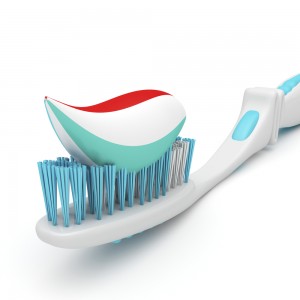 Consider this: most people wear a new outfit every single day. We put on a clean shirt and a clean pair of pants to look presentable and respectable. If we were to spill coffee or some pasta sauce on our shirt, we wouldn't continue wearing that same shirt for three more days or probably even a day. So why would we treat our teeth any differently? We wear them everyday, with every outfit. Shouldn't they be as clean and respectable as the clothes we wear? Of course, pasta sauce and
Consider this: most people wear a new outfit every single day. We put on a clean shirt and a clean pair of pants to look presentable and respectable. If we were to spill coffee or some pasta sauce on our shirt, we wouldn't continue wearing that same shirt for three more days or probably even a day. So why would we treat our teeth any differently? We wear them everyday, with every outfit. Shouldn't they be as clean and respectable as the clothes we wear? Of course, pasta sauce and 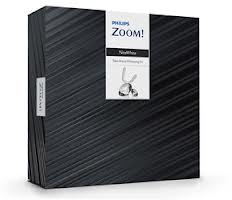 While toothpastes and mouthwashes can help whiten teeth, they often are minimally effective. For better results in the privacy of your own home, an over the counter, take-home teeth whitening kit can be more effective.
While toothpastes and mouthwashes can help whiten teeth, they often are minimally effective. For better results in the privacy of your own home, an over the counter, take-home teeth whitening kit can be more effective.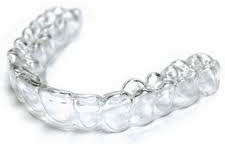 On average, we recommend the trays be used for one hour a day for a total of two weeks. At that time, a follow-up appointment is made to show you the change of shade and to recommend if you should continue the treatment or only refer to touch-up applications thereafter.
On average, we recommend the trays be used for one hour a day for a total of two weeks. At that time, a follow-up appointment is made to show you the change of shade and to recommend if you should continue the treatment or only refer to touch-up applications thereafter. Like a majority of Americans waking up early and setting off to work every morning, we enjoy a good cup of coffee to help wake us up. That shot of caffeine helps us get moving at the beginning of our day and keeps us on our toes through the afternoon. With almost daily consumption of coffee though, many of our patients ask if it's bad for their teeth. This is a hard question to answer, mostly because we enjoy drinking coffee just as much as the next person, so telling our patients that it's bad for them would make us feel just as guilty for drinking it! However, joking aside, coffee isn't the best drink for your teeth, however it's not the worst. Let's explain.
Like a majority of Americans waking up early and setting off to work every morning, we enjoy a good cup of coffee to help wake us up. That shot of caffeine helps us get moving at the beginning of our day and keeps us on our toes through the afternoon. With almost daily consumption of coffee though, many of our patients ask if it's bad for their teeth. This is a hard question to answer, mostly because we enjoy drinking coffee just as much as the next person, so telling our patients that it's bad for them would make us feel just as guilty for drinking it! However, joking aside, coffee isn't the best drink for your teeth, however it's not the worst. Let's explain.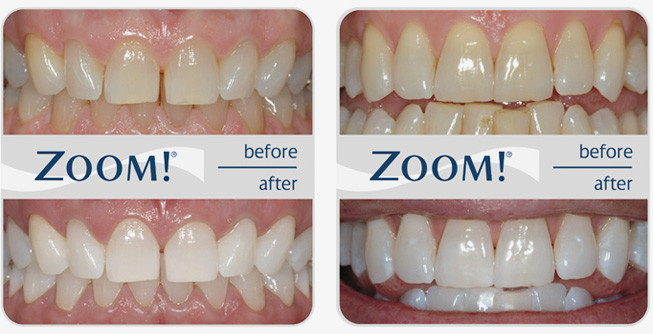
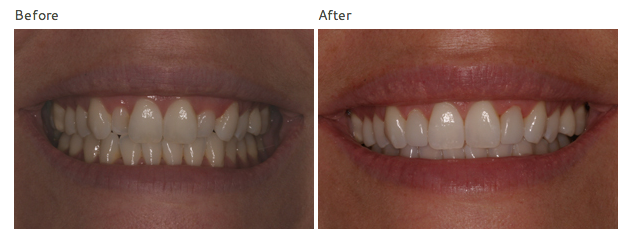

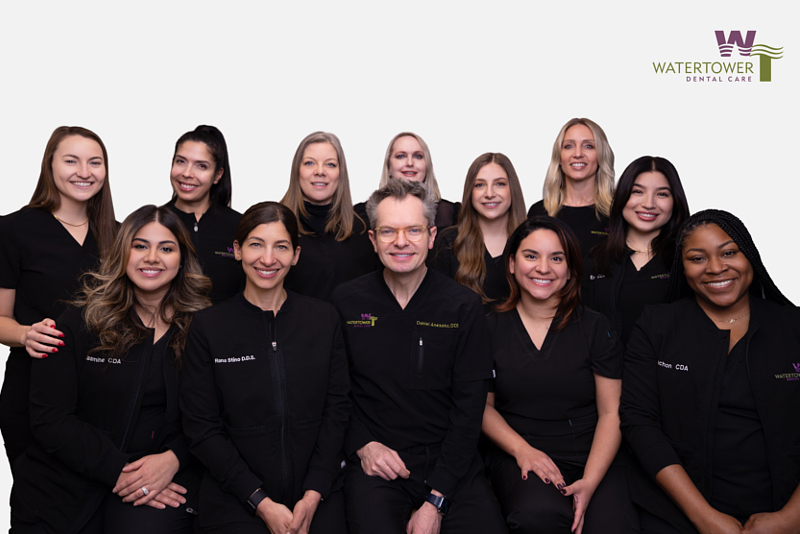


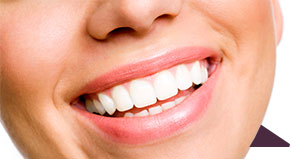
 Website Powered by Sesame 24-7™
Website Powered by Sesame 24-7™